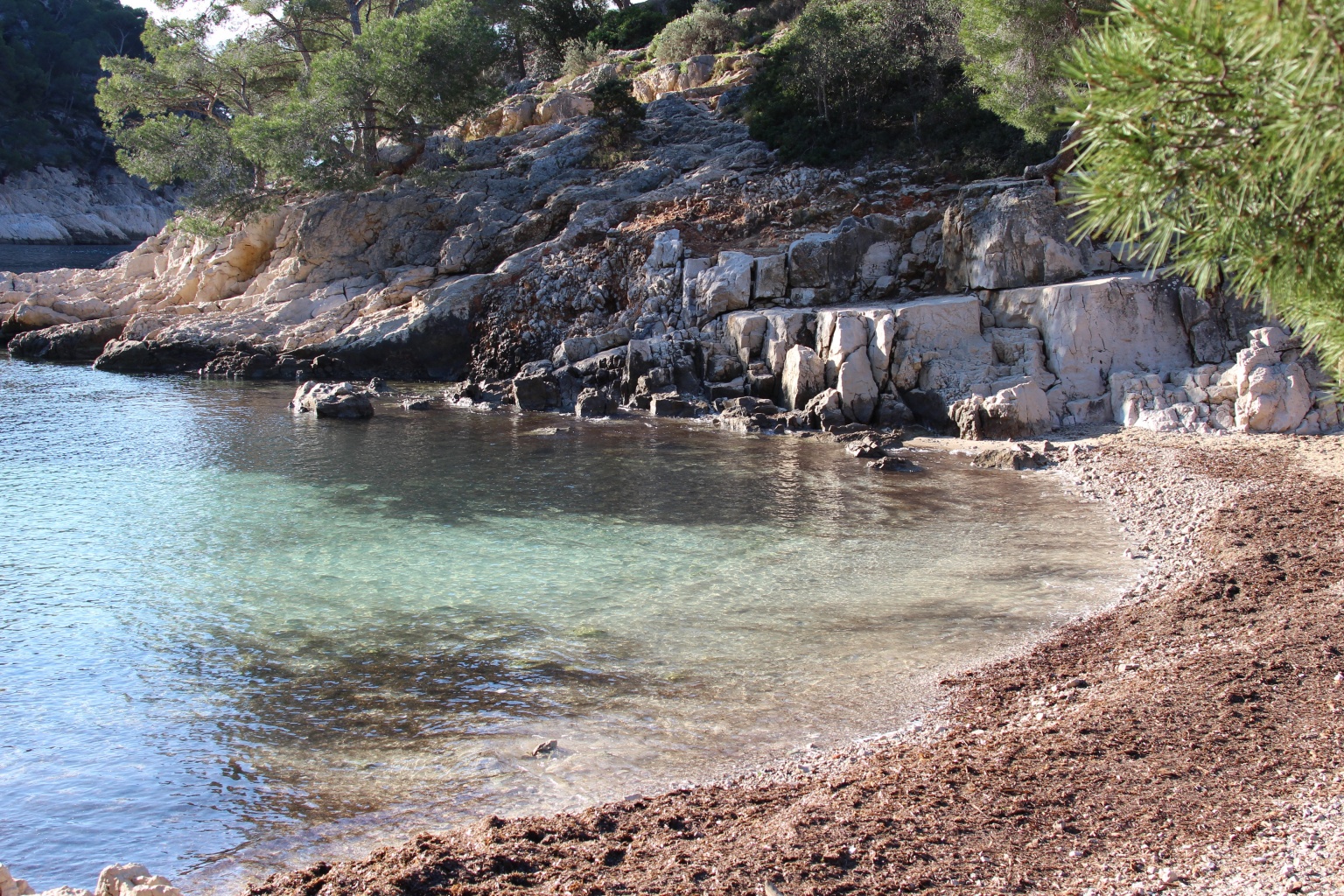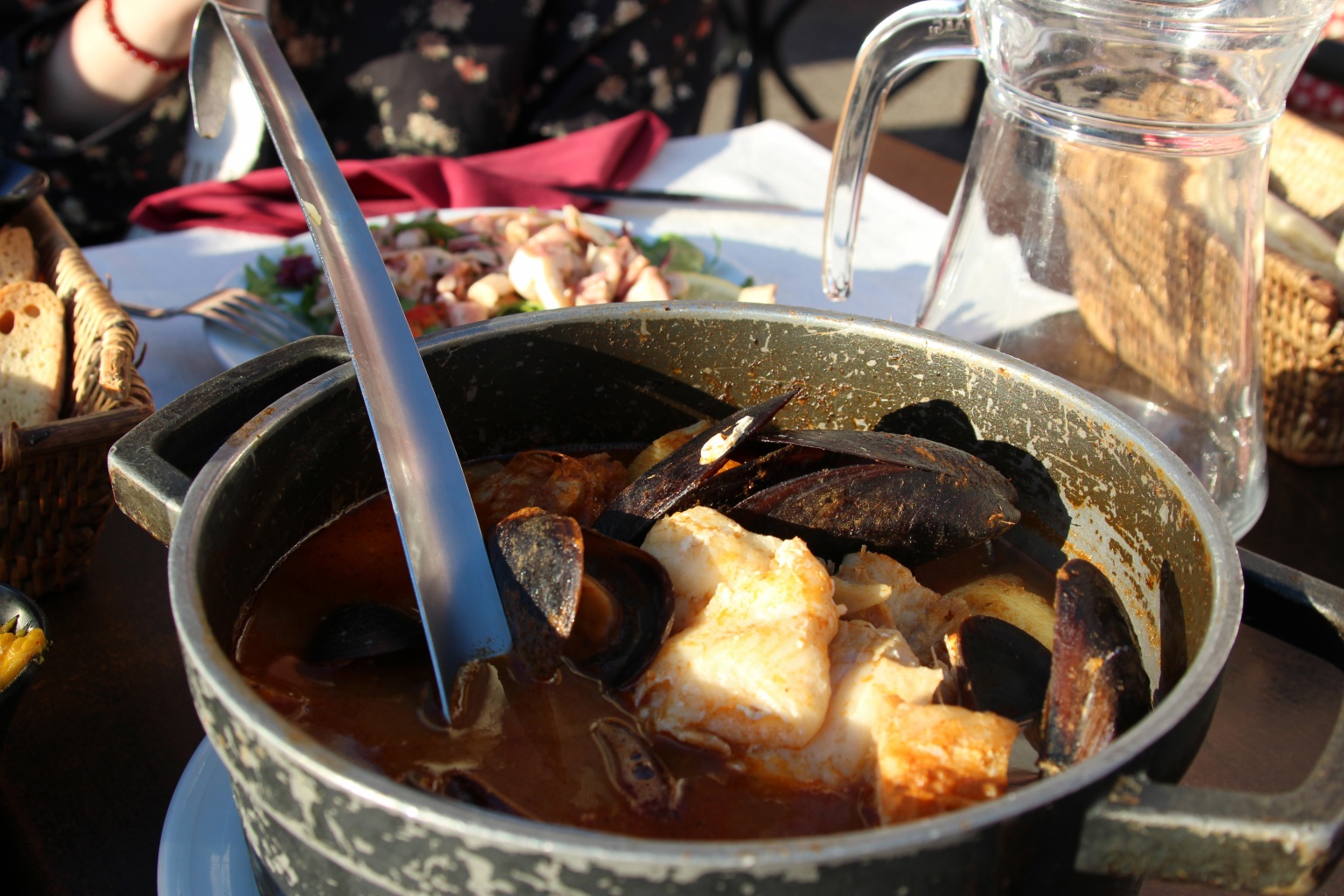People go to Provence for its special flavour of cozy towns, traditional French cuisine, a unique mixture of the tang of sea air and lavender fields. One of the famous resort places in Provence is Cassis located not far from Marseille - once, it was a fishing village and a Matisse’s favorite place for vacations, and today, it is a quiet “resort for millionaires”. Meanwhile, visiting it promises much more than a quiet beach vacation and boat trips.
The Calanque, or as they are called, “Mediterranean fjords” - a real “pearl” of the Provence nature - are here, and vertical cliffs cut by the sea form elongated picturesque coves - calanques - with the mesmerizing landscapes opening from here.
The Calanques National Park (French: Parc National des Calanques) stretches between Marseille and Cassis. The Calanques begin in the suburbs of Marseille, you can get here directly by a city bus. However, there are mainly low gray cliffs near Marseille, and the most stunning 400-metre snow-white rocks are not far from Cassis. Keeping on travelling along the coast - from Cassis to La Ciotat - you can admire the completely exotic red cliffs of Cap Canaille, where a popular tourist route goes.
An important life hack. Even if you do not plan to scrabble up the steep cliffs, you need to remember that visiting the Calanques is not an easy walk: steep ups and downs, cliffs, and unequipped sections require you to prepare in advance and think over your equipment. At least, your shoes should be comfortable, and minimal protection on your hands and knees will help. After the rain when the path is slippery, such a hike can even become an extreme one. Temperature and solar precautions also apply from June to September. In any case, it is advised to have a few days for visiting the Calanques - if the weather is not good, you have to postpone your trip.
We travelled to the Calanques last January - it was very sunny and warm. If you arrive in summer and it is too hot, then you can choose an alternative way and see the Calanques from the water. Boat trips along the Calanques are made from both Marseille and Cassis. Most of the Calanques can be reached by car, but you need to take a little walk to admire the most beautiful Calanque d’En-Vau. If you go from Cassis, you need to walk about 6 kilometres. On the way, you can stop for a picnic, sunbathe and swim in the clear turquoise water.

After an amazing, but still a little tiring walk along the Calanques, it is pleasant to sit in a cafe on the Cassis embankment, admire yachts and boats coming from all over the world, and taste a delicious soup with mussels and different types of fish, or enjoy a local delicacy - fresh sea urchins.

You cannot deny yourself the pleasure of strolling through the picturesque surroundings of Cassis. If you come by train, you have two very pleasant 30-minute walks - from the station to Cassis and back.
Every cultural programme includes a visit to the Museum of Mediterranean Art and Popular Traditions (French: Musée Municipal Méditerranéen d’Arts et Tradition Populaires) in Cassis. The region has been known since the time of the ancient Greeks; today, the traces of their stay are carefully preserved. Do not be surprised if you come across the paintings by Winston Churchill among the art works of the local artists as he learned to paint here. By the way, there is also a large Museum of European and Mediterranean Civilizations (French: Musée des Civilisations de l'Europe et de la Méditerranée) in Marseille located just near the water. Its exposition is no less interesting, but much more interactive.
Unlike Cassis and other towns in Provence, Marseille - as a classic port city - is not good for night walks. However, if you take a day-time walk about Marseille you will enjoy it very much and see the hills, a very colorful port, ancient fortresses, basilicae, cathedrals, well-equipped observation platforms, from which the surrounding islands are clearly visible, including the famous Castle If (French: Chateau d’If), where the central character of the Alexandre Dumas’s adventure novel The Count of Monte Cristo was prisoned.

